Key takeaways
- An Amazon FNSKU barcode is an Amazon-exclusive barcode that they use for fulfillment by Amazon.
- Merchants who choose to enroll in FBA will have their products stored, sold, and shipped by Amazon.
- However, enrolling in FBA requires using an Amazon FNSKU barcode for products.
- The merchant can create, print, and place the FNSKU barcode on their products themselves, or alternatively, Amazon will do so for a fee ($0.55 per unit).
- ASIN and FNSKU are not the same thing. An ASIN is product-specific. The FNSKU is merchant-specific.
If you own, operate, or manage an online retail store, there’s a good chance your products are on Amazon. Even if they aren’t exclusive to the ecommerce titan, there’s a good chance they’re on it. That probably means you’ve heard about the FNSKU code Amazon uses.
An FNSKU code used by Amazon serves a function similar to a SKU (Stock Keeping Unit). FNSKU, in this case, stands for fulfillment network stock-keeping unit, and it plays a significant role in Amazon’s fulfillment process, specifically for merchants using FBA.
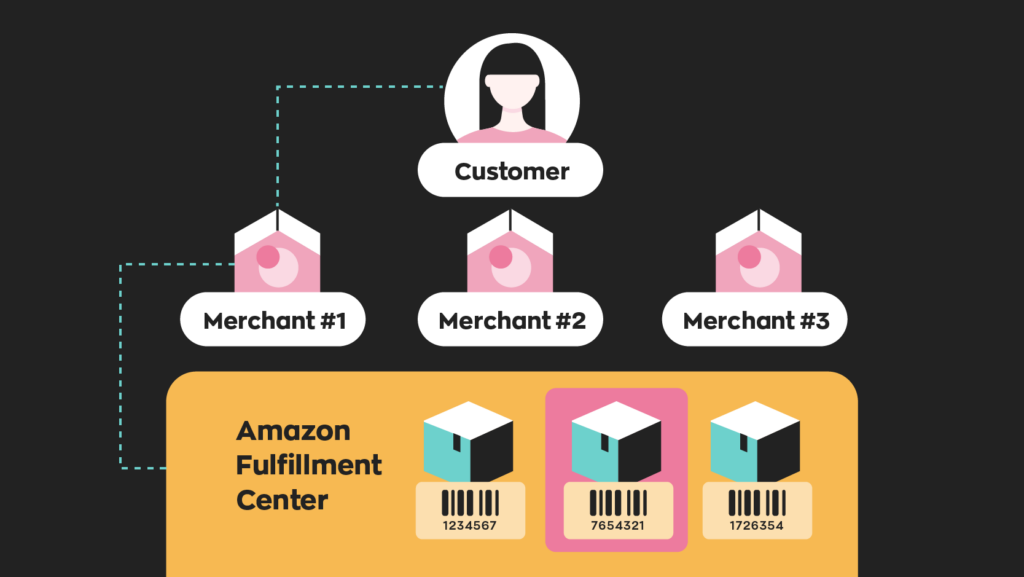
So, what does an Amazon FNSKU barcode do? Why do merchants in fulfillment by Amazon (FBA) need them? There’s a lot to go over today, so let’s get started.
What is an FNSKU?
An FNSKU is a barcode that’s unique to Amazon. The company assigns each product enrolled in FBA its own unique FNSKU. Amazon uses these barcodes to connect merchant products to the correct account and track inventory movement. Amazon requires all FBA-enrolled products to have a FNSKU.
I’m sure you’ve been scrolling through Amazon and have seen a fair number of identical products with varying price points. Different merchants sell these products, and if both sellers are members of the FBA program, FNSKU barcodes will allow Amazon to ensure that they are shipping the proper inventory to the customers.
But before we go any further, let’s quickly talk about what fulfilled by Amazon (FBA) means for merchants.
What is fulfillment by Amazon? And why is it important?
It’s important to note that just being on Amazon leads to greater visibility and, in many cases, sales. That’s not to say that putting your product(s) on Amazon guarantees success– far from it. However, it is true that Amazon is crucial to many online retailers. As of 2023, they hold a 37.6% market share in the US. That’s a lot of traffic.
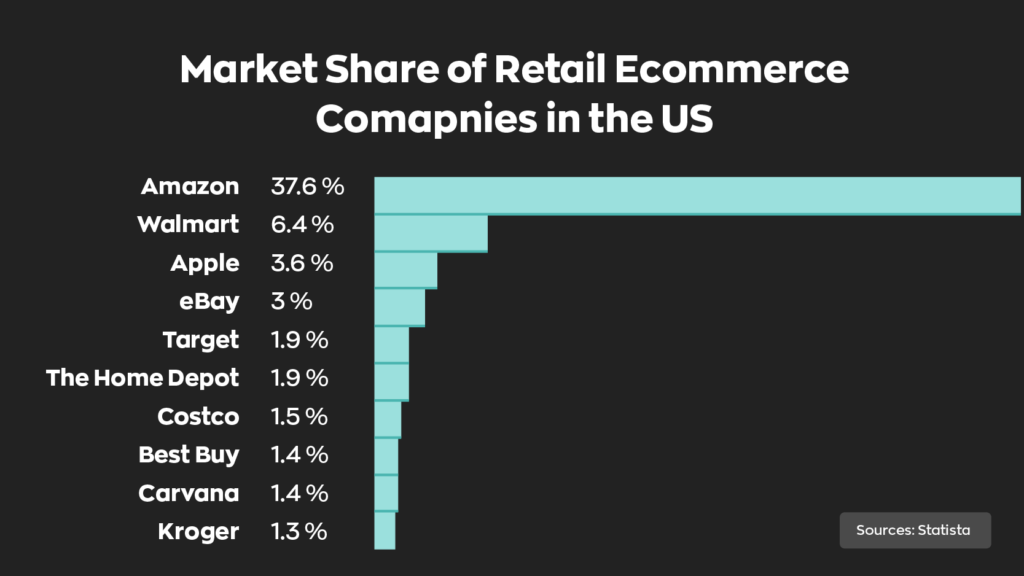
Since the company’s inception in 1996, they’ve continued to branch out into other industries. For example, Amazon Web Services (AWS) remains the world’s leading cloud provider. FBA is another way for them to remain competitive.
Merchants who enroll their products in FBA have their fulfillment completed by Amazon. That means Amazon stores, sells, and ships your product all on their own– for a fee, of course. Generally, though, that fee ends up being worth it. Amazon effectively takes on the role of a 3PL (3rd party logistics) and handles warehousing and shipping.
Not everything is rosy, though. Merchants that don’t enroll in FBA perform fulfillment by merchant (FBM), meaning they sell and ship independently. In 2023, FBM merchants faced increased fees, which drew the FTC’s attention. Essentially, merchants felt penalized for not using the FBA program. While there are benefits to enrolling in FBA, make no mistake: it’s one way that Amazon manipulates the market.
How do merchants obtain an Amazon FNSKU barcode?
Now that you know what an FNSKU is and the role it plays, there’s another important question. Is FBA an attractive option to you? And if so, how do you get FNSKUs for your products?
There are a few different ways. Generally, though, once a merchant enrolls a product in FBA, Amazon assigns that product a FNSKU. Once it exists, there are a few ways to get it onto the product.
The first would be to attach the FNSKU barcodes yourself. The FNSKU codes Amazon provides for eligible products are easy enough to print, provided you have the proper barcode label printer. If you’re looking for a reliable option built specifically for fast-paced workflows, the inFlow Portable Printer is a great choice. It’s wireless, compact, and optimized for warehouse environments. It makes it easy to print high-quality FNSKU labels right where you need them, whether that’s in your office or fulfillment area.
Once a product receives its Amazon FNSKU barcode, it’ll appear in your Seller Central under the “Manage Inventory” option.
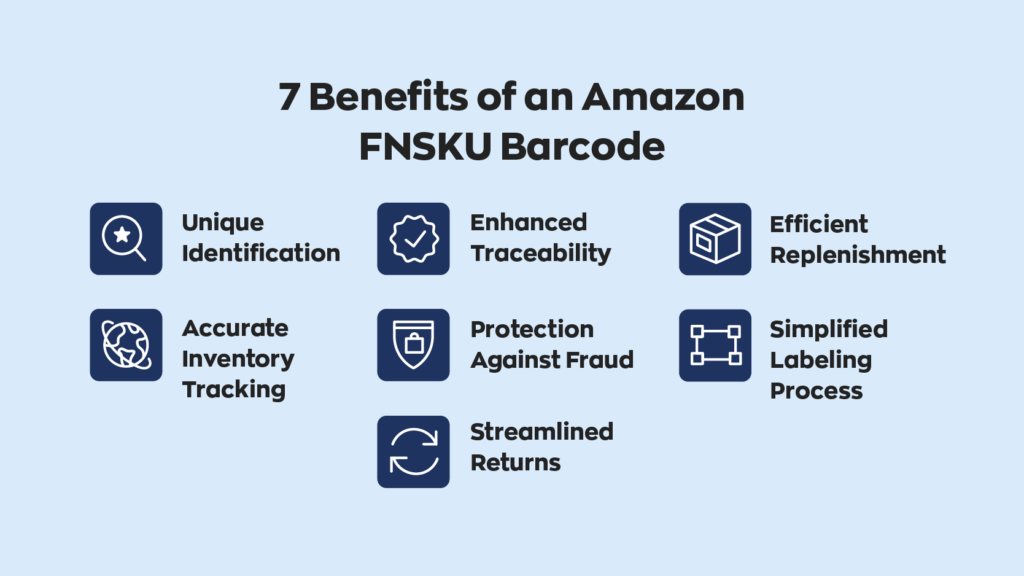
From there, find the FNSKU in question and right-click. This should show an “Edit” option with a drop-down menu. Open it and select “Print item labels.” A file should download; this is your FNSKU. Now you can print it and place it on your products.
If you don’t want to deal with the hassle, you can opt for the second option: to pay Amazon to place the FNSKU label on product lineups instead. There is a per-unit fee of $0.55, however. So, for 100 units, a merchant pays $55. For 1,000 units, it’s $550. These fees may seem small initially, but depending on your business model, the costs add up quickly.
Mistakes to avoid
At the end of the day, Amazon FNSKU barcodes aren’t much different from “normal” barcodes. Just think of them as propriety barcodes that Amazon uses for a very specific reason– to keep identical seller products separate. Merchants that don’t research ahead of time are likely to make mistakes. Here are some common ones to avoid.
Lack of knowledge
A common issue among new FBA sellers is not understanding the system. On the face of it, FBA seems like a really great thing. And it can be– but there are rules that merchants need to follow. Failing to research ahead of time could lead to consequences down the line.
Bundling FNSKUs
Selling products as part of a bundle is common on Amazon. However, merchants must remember that if part of FBA, every individual product must have a unique FNSKU. That includes products sold as a bundle.
Reusing FNSKU barcodes
Something interesting about FNSKUs is that they never expire or change. This also means they are non-reusable. Once they correspond to a specific seller’s product, you can’t change them. You’ll have to start over with a new Amazon FNSKU barcode.
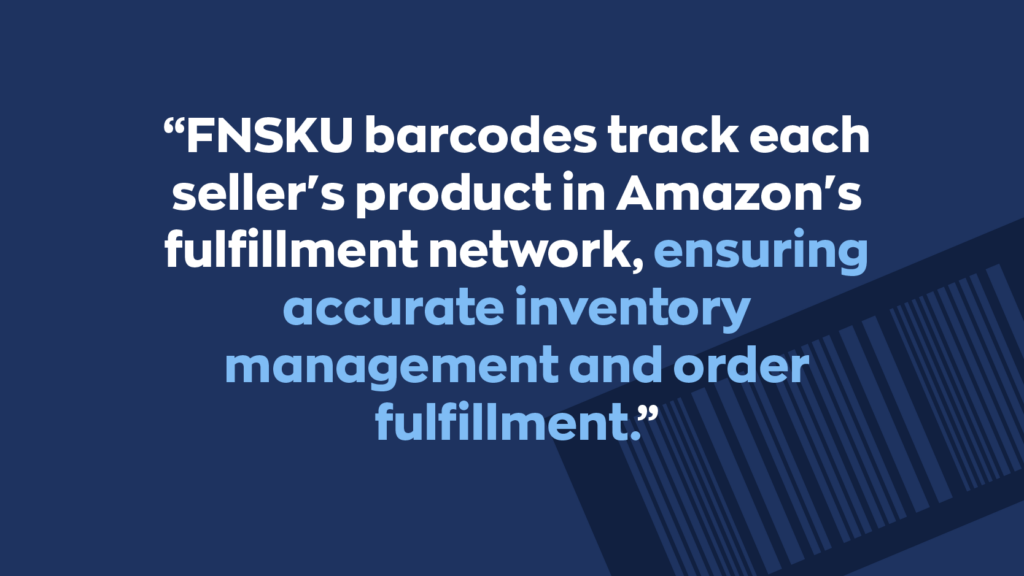
Where should the FNSKU barcode go?
Something that often gets overlooked is where to place the barcode. It’s an overall simple task, but it can be tricky. Once placed, a barcode label is hard to remove, but finding that spot can prove challenging.
As a good rule of thumb, place your Amazon FNSKU barcode in a place that’s easy to see and access. If possible, place barcode labels on an area of the product that you can see without moving the product around. So, for example, you might want to place it on the front of the box rather than on the bottom. Wherever you put it, ensure it’s protected and won’t be easily torn or smudged.
The Value of FNSKU Barcodes in Amazon’s Ecosystem
Amazon’s FNSKU barcodes are critical in ensuring the smooth and accurate fulfillment of orders within the vast FBA network. Using FNSKU barcodes correctly helps Amazon maintain accurate inventory levels and avoids costly errors that could disrupt your business. For more about barcodes, check out our Ultimate Barcoding Guide. By avoiding common mistakes and adhering to best practices, sellers can ensure that their products reach customers promptly and correctly, increasing customer satisfaction and business growth.

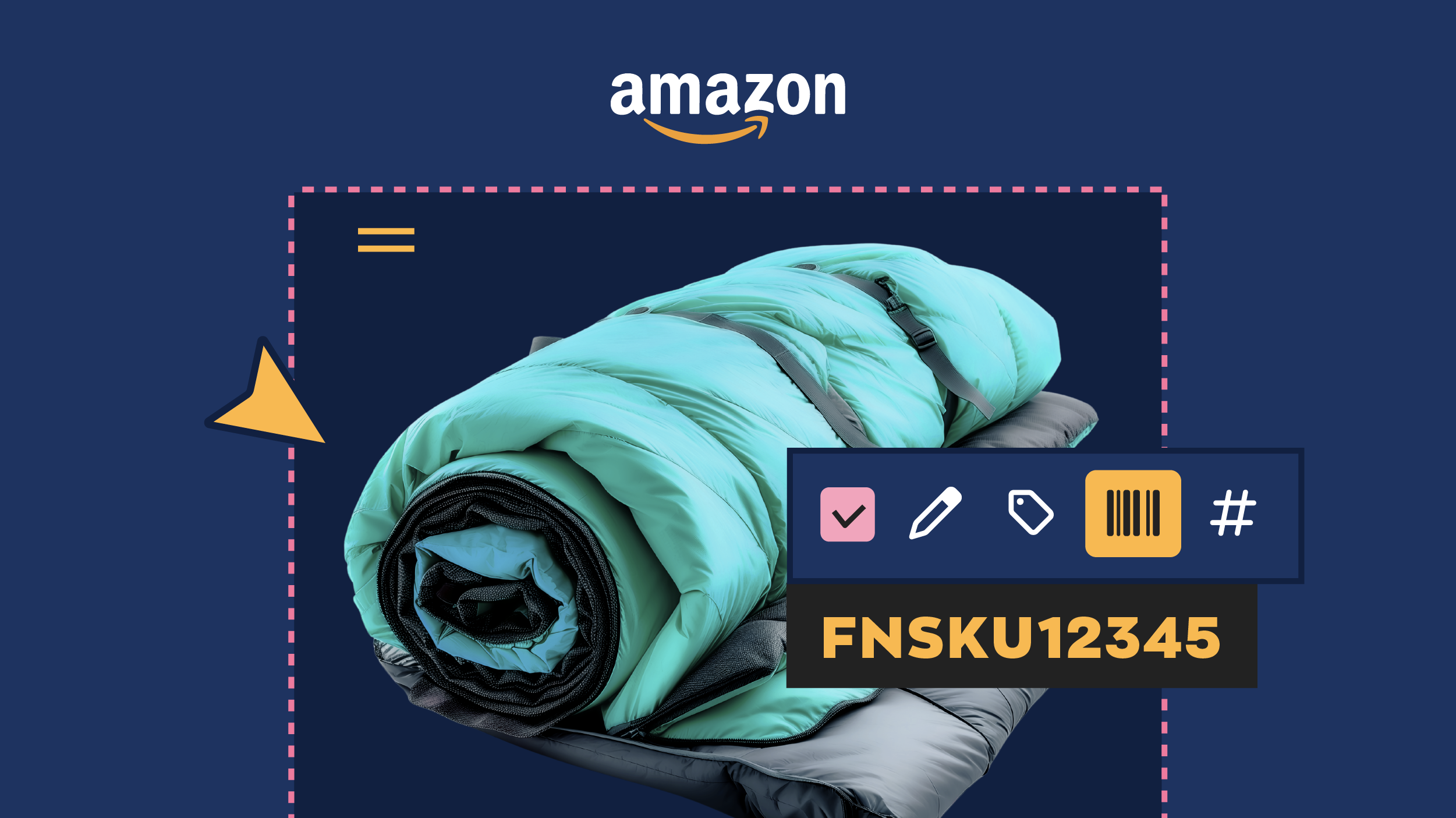


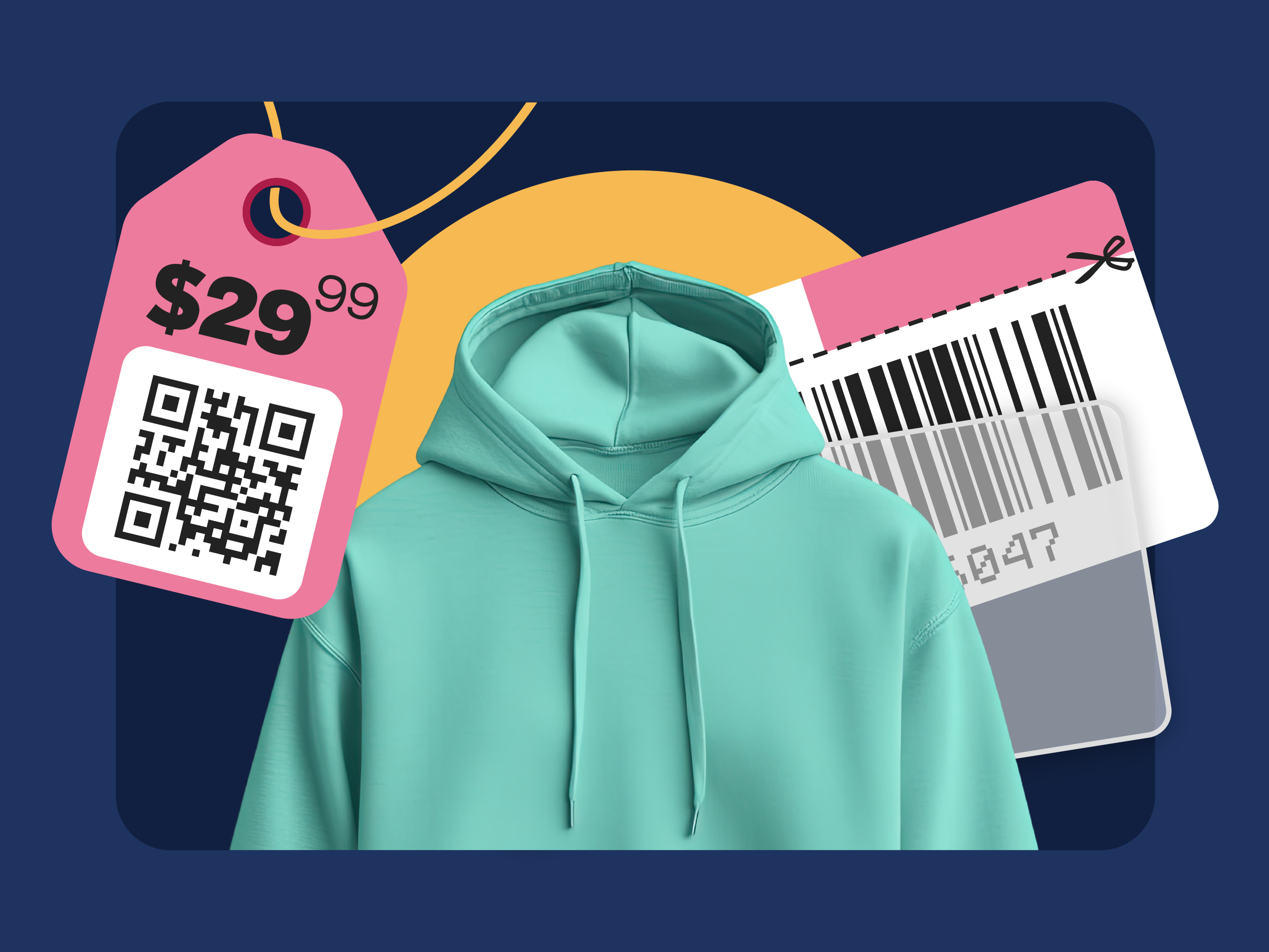
0 Comments